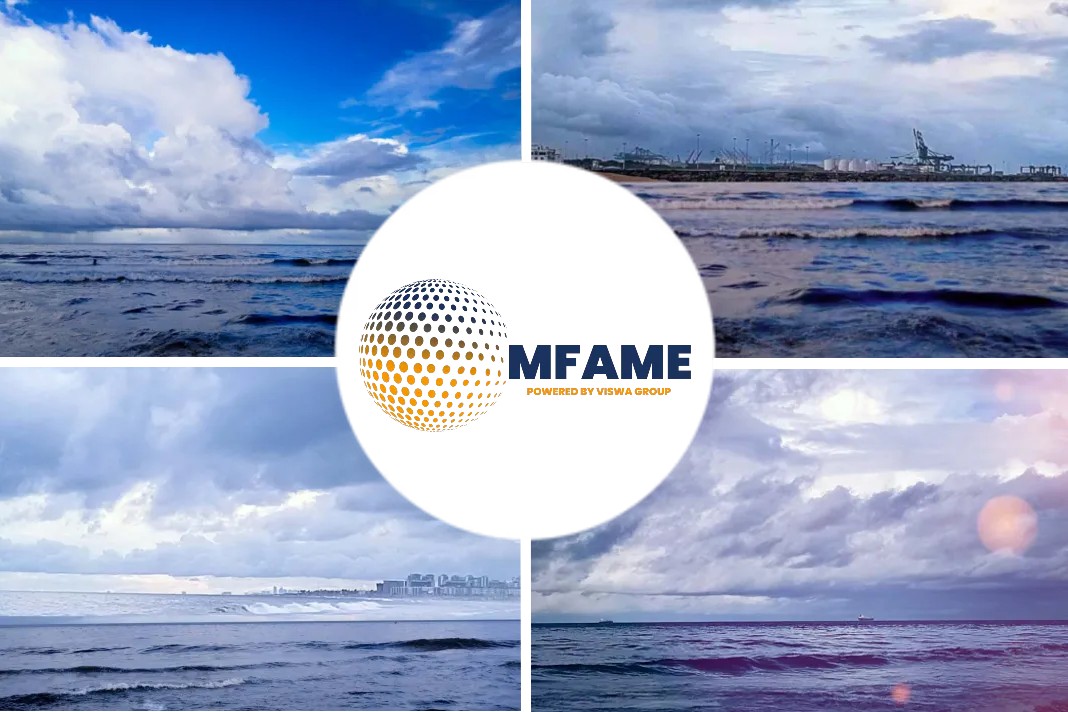
Offshore service vessels, along with workboats serving harbors and inland rivers, have embarked on an industry-wide voyage toward reduced emissions of greenhouse gases, reports Marine Link.
Blue-Sky Maritime Coalition (BSMC)
Professor Craig Philip, a faculty member with Vanderbilt University’s Center for Transportation and Operational Resilience (VECTOR) and former CEO of Ingram Barge Company, provides this context: “The Maritime Sector has long provided shippers with the most fuel-efficient and sustainable freight transport option, and it has been very exciting for our team here at Vanderbilt to be engaged with the maritime industry, as it embraces new technologies that further also reduce greenhouse gas emissions. And we are particularly proud to be a founding member of the Blue-Sky Maritime Coalition (BSMC).”
Founded in 2021, BMSC is a coalition of North American stakeholders with a specific focus on accelerating the transition of waterborne transportation in Canada and the United States toward net-zero greenhouse gas (GHG) emissions.
In July of 2022, it laid out the overall decarbonization challenges for North America. In its publication, “North American Waterborne Transportation Carbon Footprint,” BSMC notes that OSVs comprise approximately 17% of the North American fleet and are the largest single contributor to North American maritime emissions (with maritime CO2 pegged at 47 million tons in 2018), amounting to 29% of total emissions, as the vessels have relatively high fuel consumption and utilization. The second largest sector for CO2 emissions is the inland tug and push boat sector, responsible for 9.3 million tons or 19% of total emissions; followed by the coastal and harbor tug fleet and ferries, with 6.8 million tons and 6.4 million tons respectively.
The BSMC compilations suggest that tankers and Articulated Tug-Barges (ATBs) account for just 3.1 million tons or 6% of total CO2 emissions in the North American maritime marketplace.
OSV owners invest now
Vessel owners in the OSV, tug, and workboat segments are moving now in their decarbonization efforts. Late 2022 saw an announcement from Caterpillar Marine highlighting an integrated hybrid energy effort to be undertaken with Jackson Offshore.
In announcing a Memorandum of Understanding (MOU) with the offshore operator, the engine-maker said: “The diesel-electric M/V Thunder will be upgraded with a hybrid energy solution to complement its power plant of 2 x Cat 3516 and 2 x C32 generator sets.”
Lee Jackson, President and CEO of the OSV operator, said that his company “…is very excited to be partnering with Caterpillar in the development of an energy storage solution (ESS) for our offshore vessels (OSV).”
A major impetus for reducing emissions, with an emphasis on carbon, comes from customers. In the release, Jackson said, “The primary objective of this project is to generate long-term value to our clients as they seek to meet their carbon emissions reduction initiatives.”
This was echoed at a late November 2022 Marine Money event held in New Orleans; panelist Shane Guidry, CEO of Harvey Gulf International Marine, discussing the company’s report detailing 2021 progress on ESG (Environment, Social, Governance) said “We issued [the ESG report] because that’s what our customers wanted.”
On the same panel, Todd Hornbeck, CEO of Hornbeck International, which issued a similar report, said: “Our industry has always done ESG.”
Panel member Quintin Kneen, the CEO of listed company Tidewater offered a different slant, saying: “Our capital investors are all asking about it because their investors are asking about it…the push towards renewables is here to stay.”
Did you subscribe to our daily Newsletter?
It’s Free! Click here to Subscribe!
Source: Marine Link


















